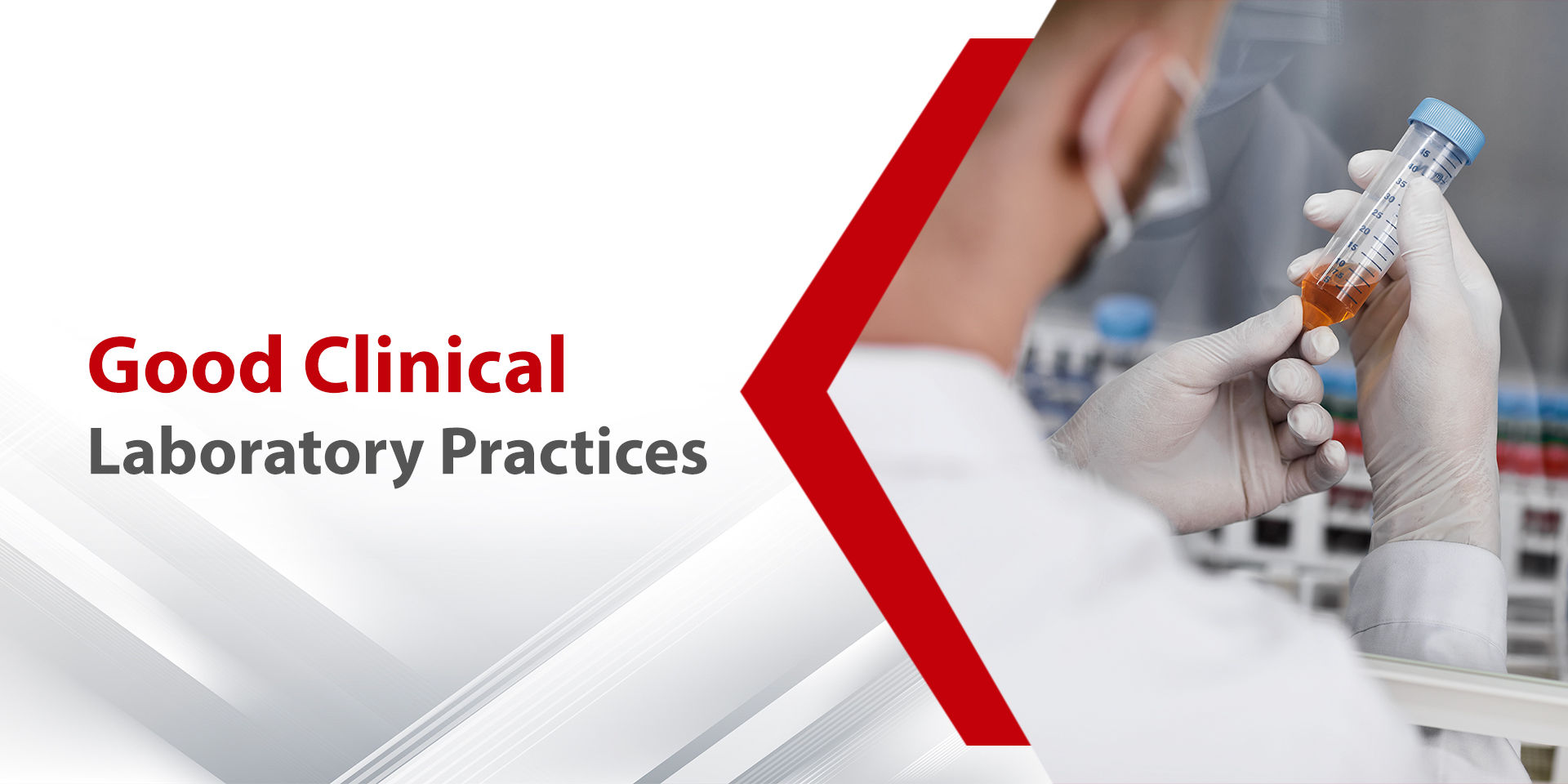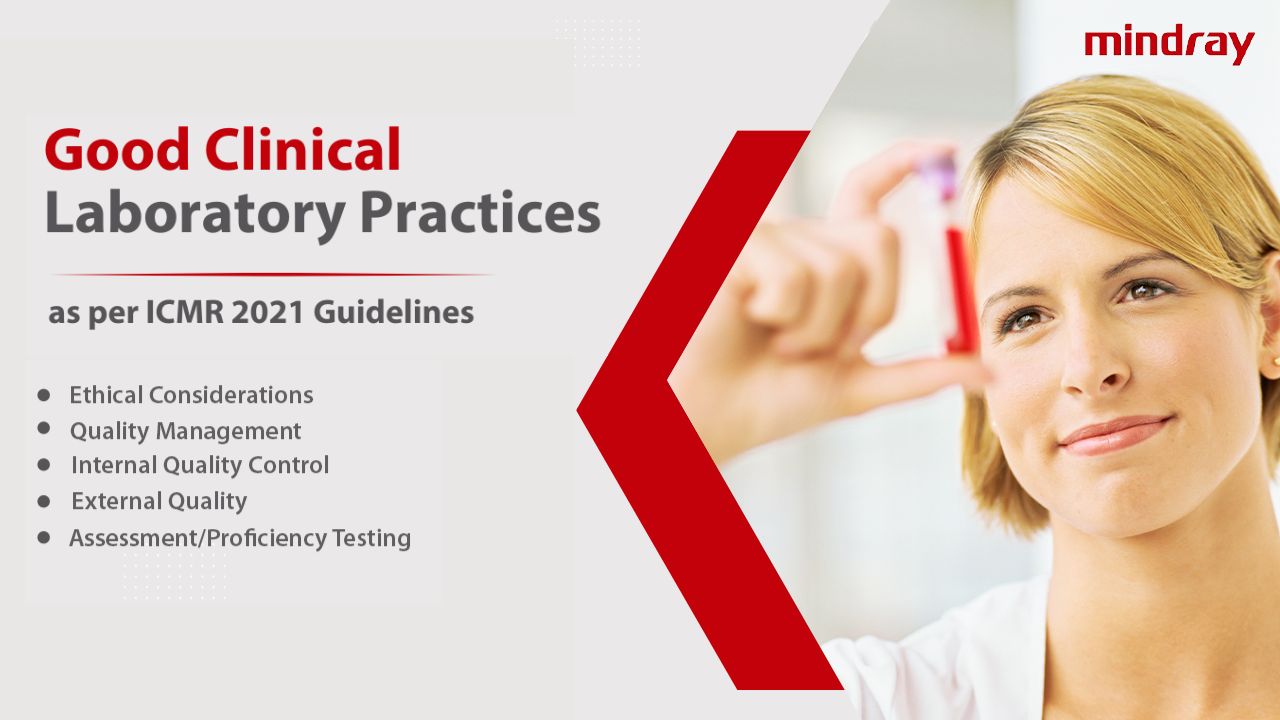Ethical Considerations Part-6
By Dr. Jayesh Warade | Sr. Consultant & Sr. Quality Manager, Biochemistry, Meenakshi Labs 2025-04-07

Discover our detailed FAQs on Good Clinical Laboratory Practices (GCLP), covering key topics like ethical considerations, quality management, internal quality control, and external control & proficiency testing. These FAQs provide insights to help laboratories uphold ethical standards, maintain rigorous quality protocols, and achieve excellence in testing and assessments as per ICMR 2021 guidelines.
Topic: Ethics & Quality Management
Laboratories without an ethical committee can contact the nearest ethical committee from another institute. According to specific guidelines, if there is an ethical committee within 50 km of your laboratory, you can approach them for ethical clearance.
The Indian Council of Medical Research (ICMR) has recently issued guidelines that allow laboratories to use returned samples for research purposes without obtaining specific consent from patients. This applies to samples that have been collected for diagnostic purposes and are no longer needed for clinical care.
Yes, ethical permission is required even for retrospective data if you plan to use the data for publication. Laboratories must obtain ethical clearance before utilizing such data in research or publications.
Yes, running QC is mandatory as per the ICMR (Indian Council of Medical Research) guidelines. These guidelines serve as a regulatory document, making QC a required procedure to ensure the accuracy and reliability of lab results. Failing to run QC can lead to serious legal consequences. In medical-legal cases, if a patient takes legal action against the laboratory, the court may ask for documentation of steps taken to ensure the accuracy of results. Laboratories must provide QC data to demonstrate compliance and accuracy. Failure to do so could result in penalties or legal liability. A well-structured quality management system can help ensure compliance with QC requirements and provide evidence of laboratory efforts to maintain quality.
The ethical principles guiding research in clinical and laboratory settings include:
Voluntariness: Respect participants' right to consent or decline participation and withdraw at any time.
Non-exploitation: Ensure fair selection and distribution of benefits and burdens among participants, protecting vulnerable groups.
Social responsibility: Avoid creating or deepening social divisions and maintain social harmony.
Transparency and accountability: Disclose conflicts of interest, conduct research impartially, and maintain accurate records.
Totality of responsibility: All stakeholders are responsible for their actions and must comply with ethical guidelines.
Environmental protection: Ensure protection of the environment throughout the research process.
Privacy and confidentiality: Maintain participant privacy and confidentiality, with limited exceptions.
Risk minimization: Minimize risks to participants and provide appropriate care and compensation if harm occurs.
Professional competence: Ensure that personnel are qualified and trained to conduct research.
Maximization of benefit: Strive to maximize benefits to participants and society.
Institutional arrangements: Institutions should have policies for research governance and provide necessary resources.
No, there are no standard reference guidelines for TAT in biochemistry laboratories. Instead, each lab should focus on meeting the expectations of its users. TAT should be customer-driven, meaning it should align with the time frame that customers expect for their results. For example, if a customer expects a glucose test result within 2 hours, the laboratory should aim to meet that expectation. A longer TAT, like 24 hours for a glucose test, may not meet customer needs and could lead to dissatisfaction.
QC focuses on the operational techniques and activities used to fulfill quality requirements within the laboratory. It involves inspecting and verifying the accuracy of results. QA encompasses all planned and systematic activities that provide confidence that the laboratory's products or services will meet quality requirements. QA ensures that the entire quality system is functioning effectively.
The key principles of quality management in laboratories include:Quality Control: It focuses on inspection and meeting quality requirements.Quality Assurance: It ensures confidence in fulfilling quality requirements through systematic activities.Quality Management: Consists of processes that integrate QC and QA to meet quality objectives.
A Quality Management System (QMS) in a laboratory incorporates the organizational structure, resources, responsibilities, and document hierarchy necessary for effective quality management. It describes the integration of all processes required to achieve the laboratory's quality policy and objectives, ensuring that user needs and requirements are met.
Topic: Internal Quality Control & External Quality Assessment/ Proficiency Testing
Frequently Asked Questions
For lot verification, at least two samples should be run—one for a high value and one for a low value. However, if you are using QC samples for comparison, then running one sample may be sufficient.
MU is typically required only for quantifiable parameters that can be measured numerically. If there are no measurable parameters, calculating MU is unnecessary
Yes, if a bias is observed in the negative control over 20 consecutive points during the review of IQC (Internal Quality Control) data, it is advisable to reset the mean and standard deviation (SD). Before resetting the mean and SD, a thorough root cause analysis should be conducted to identify the source of the bias. Continuous bias may be due to changes in reagent lots or variations in the performance of equipment.
The acceptable CV percentage for Triple H parameters can vary depending on the specific test method, manufacturer specifications, and regulatory guidelines. It’s advisable to refer to recent CLIA guidelines, which include various infection parameters that labs can use as a reference. Acceptable CV percentage as far as Triple H parameters are there, it should be aligned with the manufacturer's specification so whatever CV percentage is mentioned by the manufacturer, your laboratory CV percentage should be in line with that.
QC levels refer to different concentrations of a control material used to assess the accuracy and precision of laboratory tests. For example, a "level one" QC might be a normal concentration, while a "level two" QC could be a high or low concentration. For a 24x7 laboratory, it is recommended to perform two levels of QC during peak hours. Additionally, at least one level of QC should be performed every 8 hours throughout the day.
Manufacturer mean is the average value provided by the manufacturer for QC (Quality Control) materials. This mean is established after the manufacturer tests the QC materials on various analyzers in their facilities before releasing them to the market. The laboratory mean is the average value calculated by a laboratory after running QC materials in their specific environment. This mean may vary from the manufacturer's mean due to factors such as differences in environmental conditions, equipment, and operator variability. Variations can occur between the laboratory mean and the manufacturer mean due to differences in testing environments, types of equipment used, and the experience or technique of the laboratory personnel. These factors can influence the results and lead to discrepancies in mean values.
External Quality Assessment/Proficiency Testing (EQA/PT) involves evaluating laboratory performance against pre-established criteria through inter-laboratory comparisons. It is essential for clinical laboratories as it serves as a reliable measure of testing accuracy. Participation in EQA/PT programs helps laboratories assess their overall performance for each test and identify areas for improvement.
The key benefits of EQA/PT participation include:Assessment of the laboratory's overall performance for each test.Early warning system for potential problems.Identification of systematic issues affecting test accuracy.Objective evidence of laboratory quality.Recognition of training needs for laboratory personnel.

